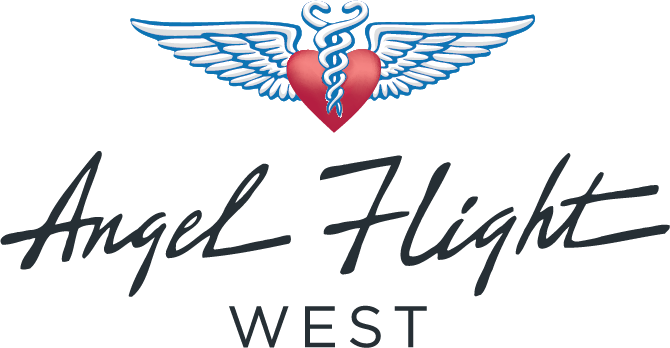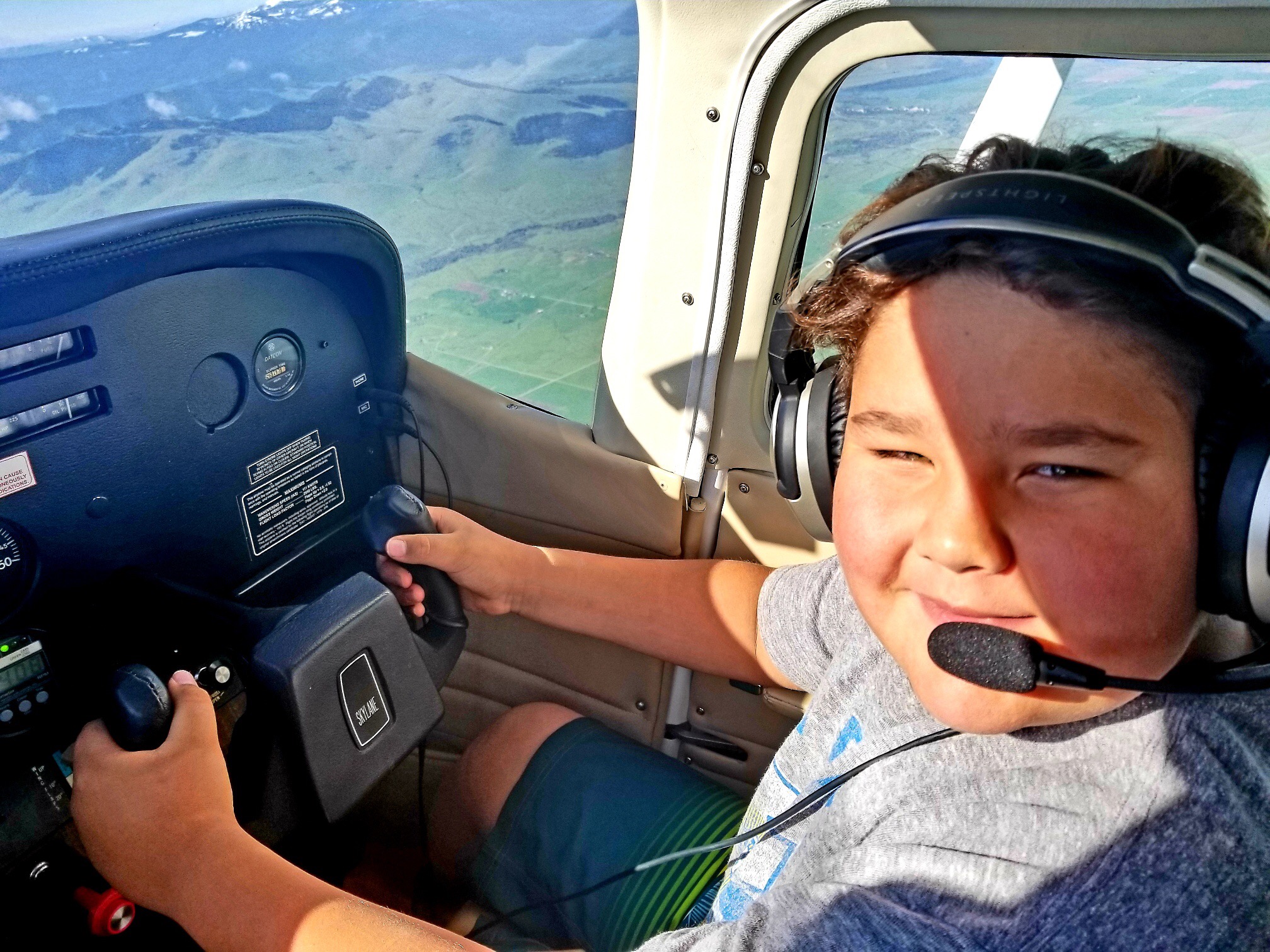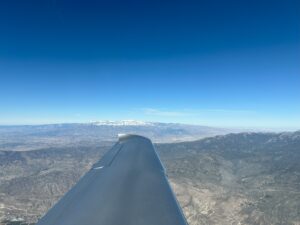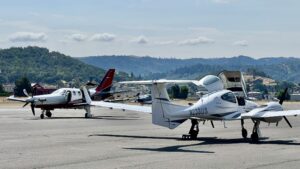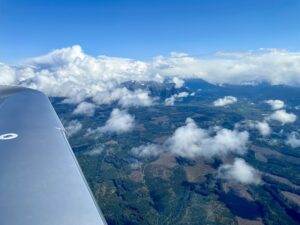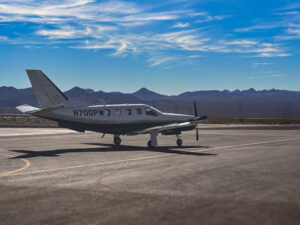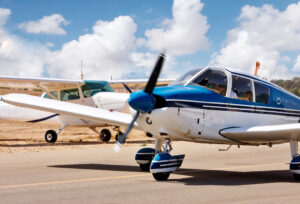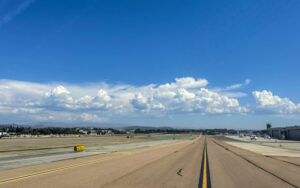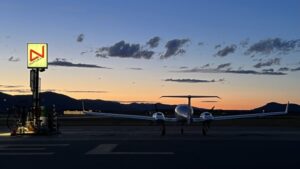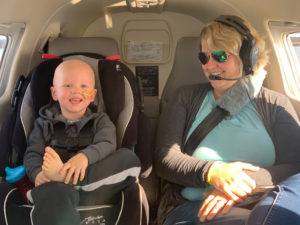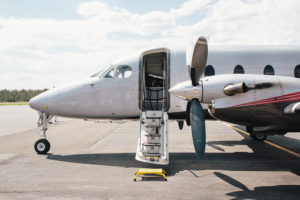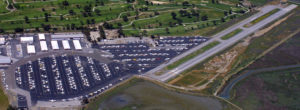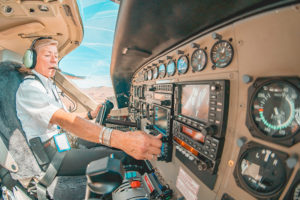As pilots we all strive for passenger accolades after a smooth-as-glass landing, but is it the best landing?
I love to do pattern work, even after decades of flying, and working for a smooth landing. While it can be rewarding and offers great training, it does come with some safety issues. While Aircraft Flight Manuals (AFM/POH) for light aircraft don’t make specific mention of a firm landing without much float, generally all turbine Operating and Flight Manuals have a specific reference. This reference is not always easy to find, but it is there. The manufacturers’ note that their landing performance data does NOT include much float. In fact, they encourage a landing for safety – not comfort.
Jim Dell, former AFW Safety Officer and frequent Command Pilot, recently sent me information on this topic and I thought it would be perfect subject for our AFW team. I have written before on one of my favorite safety topics – Stabilized Approaches – and this is a fitting follow-up topic.
Let’s say you arrive a bit fast at 50 feet AGL and you have your friends in the plane with you. After some turbulence during your flight, you want to give them a smooth-as-silk landing. As you approach a few feet above the runway, you utilize ground effect to make that landing so smooth they won’t know when you exactly reconnected with Mother Earth. As you glide in ground effect, you see the runway passing beneath you while the runway markers on the sides indicate decreasing runway ahead of you. You might even remember the old pilot saying, “The two most worthless items for a pilot are fuel on the ground, and runway behind you.” You might also note the slight tailwind you have or the downward sloping runway ahead. Suddenly, you are nearing the end of the runway.
You contact the runway and work to slow down the plane while applying more brakes than usual. When you first apply the small brakes we have on planes, it takes some time for the plane to slow down from touch down speed to a full stop. For reference, in the Beechcraft Premier I, it takes 80% of your landing distance to slowdown to 50% of you landing speed. This is probably a good reference for other aircraft as well.
Analysis of recorded data on some aircraft indicates that pilots are striving for comfort at the expense of using the available runway for landing – “the runway behind you”. In some cases, pilots aren’t touching down until between 2,000 – 3,000 feet down the runway. That may be fine with extremely long runways, but isn’t good practice and could lead to miscalculations on shorter runways.
Aircraft landing performance is determined by being at Vref (1.2-1.3 times stall speed in landing configuration) at 50 feet AGL, power to idle and continuing at 3 degrees until touchdown, brake application after nosewheel contact (tricycle gear) and application of other life dump devices (spoilers, lift dump, thrust reversers). While there are differences between various aircraft, this is the gist on how landing performance is determined.
I do love to have a glass-smooth landing; however, I strive to make precision touchdowns to Commercial/ATP pilot standards the vast majority of the time. I’m always ready for a brake failure, perhaps since I’ve had them, and never speed up to the end of the runway or turn fast unto a taxiway. I prefer safe landings over comfort landings. Boeing and Embraer also produced a nice video on the topic: No Landing is Routine – Brake for Safety, Not for Comfort!
Article by Rich Pickett, AFW Safety Officer
